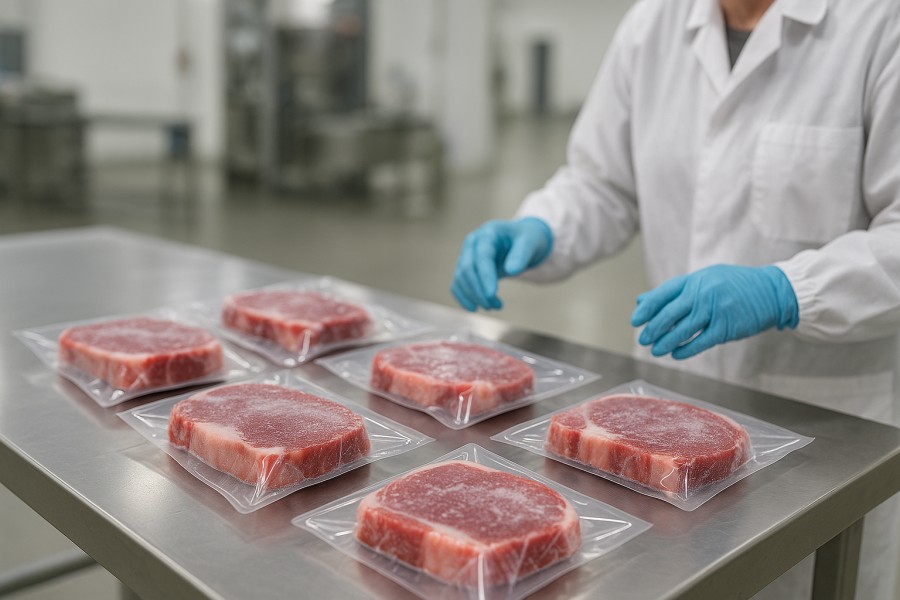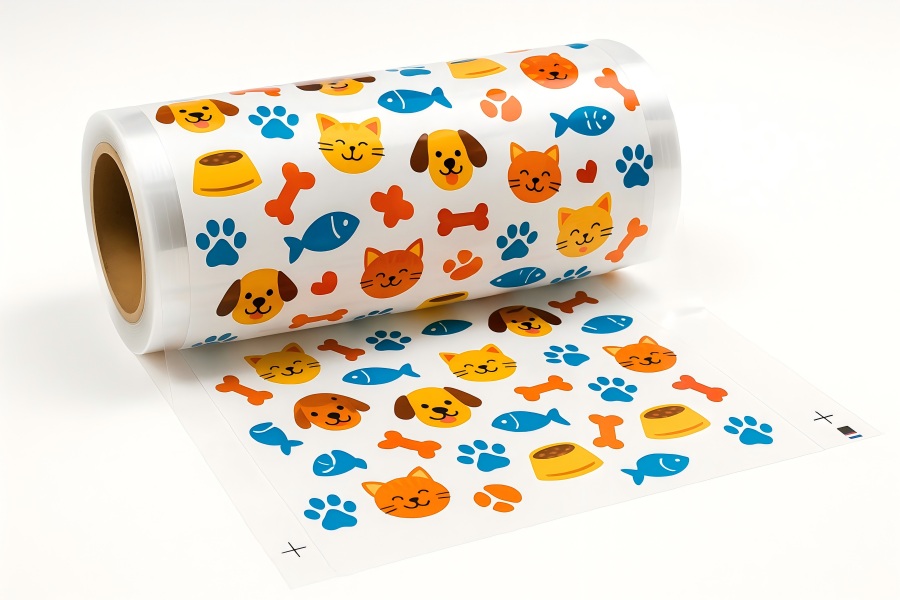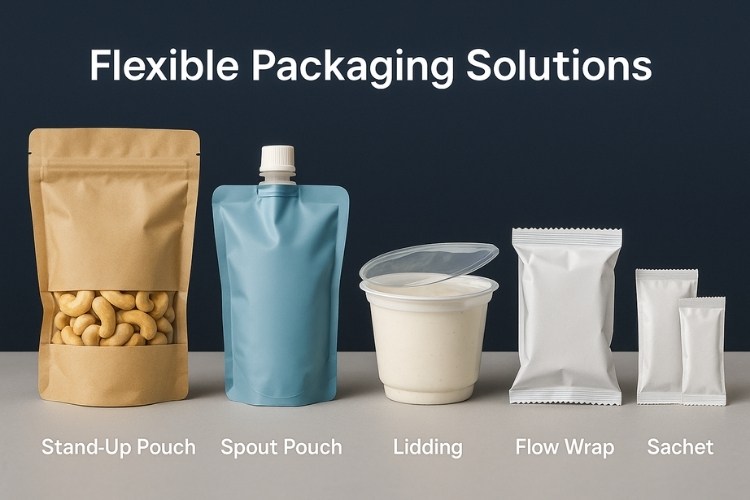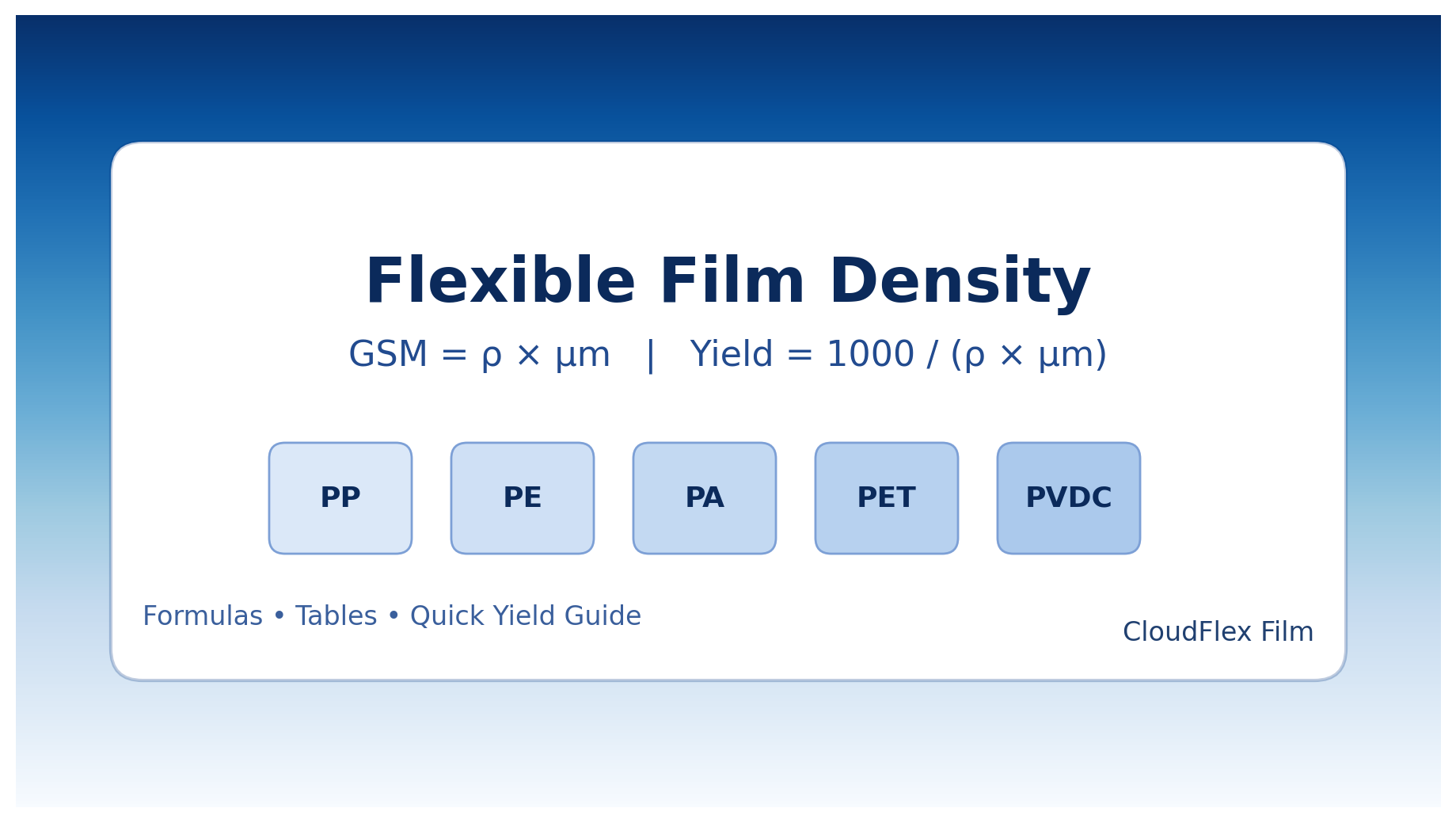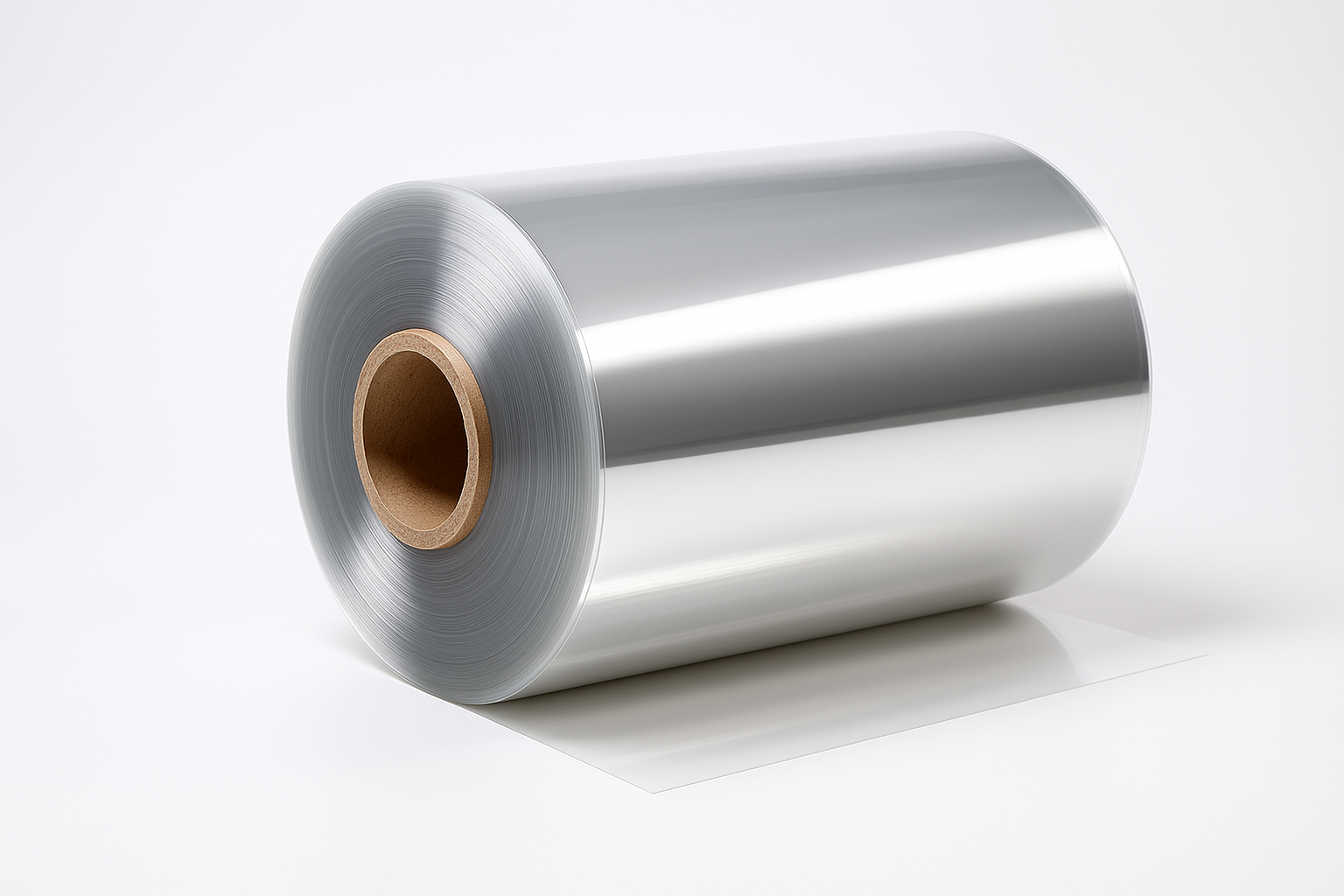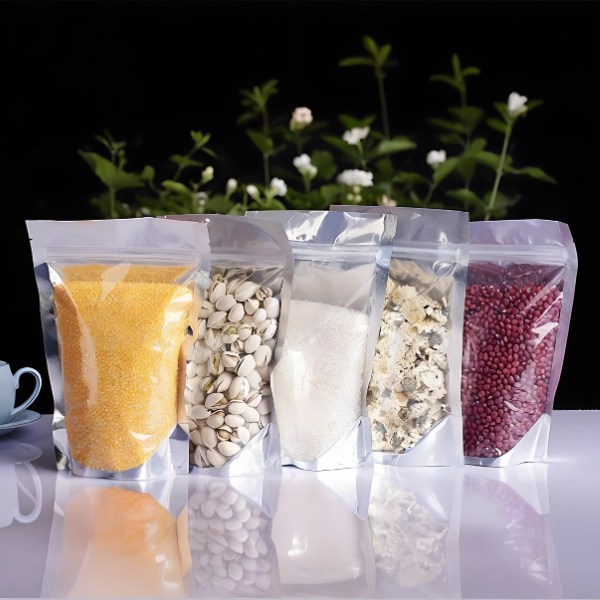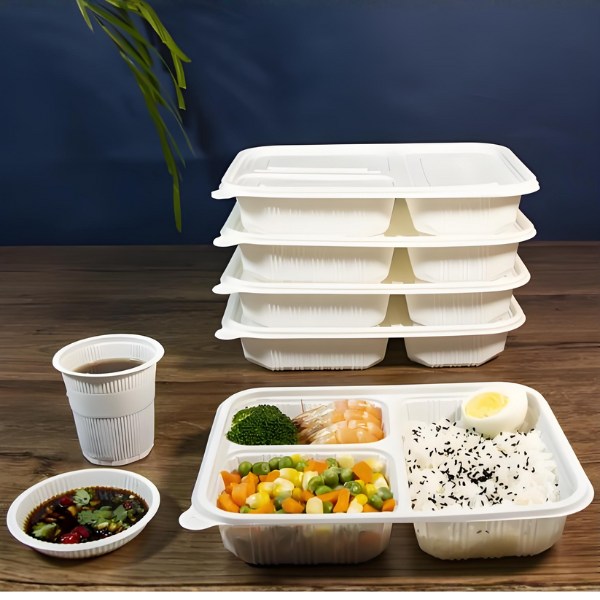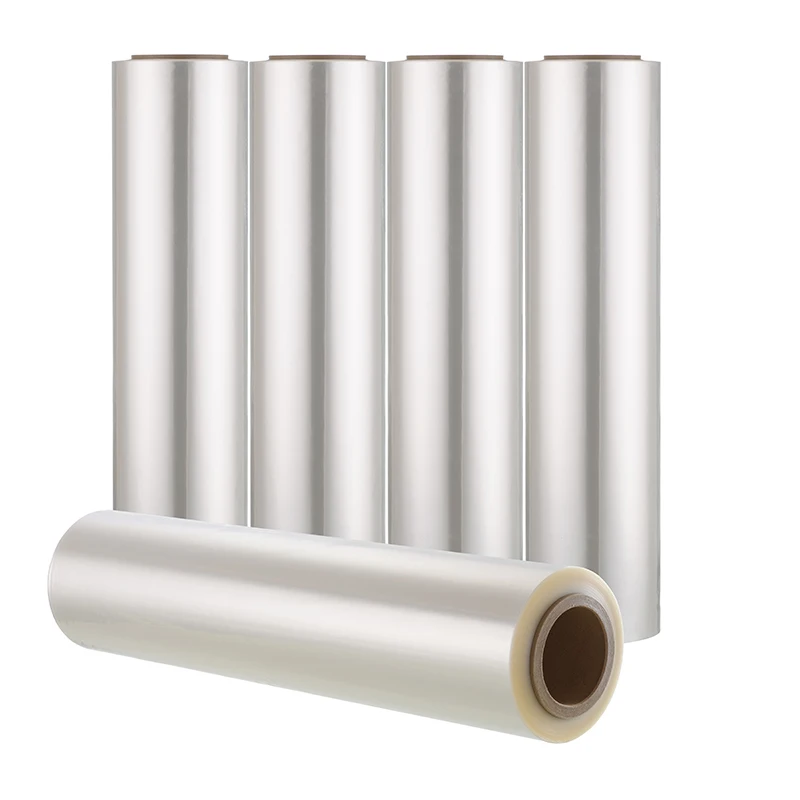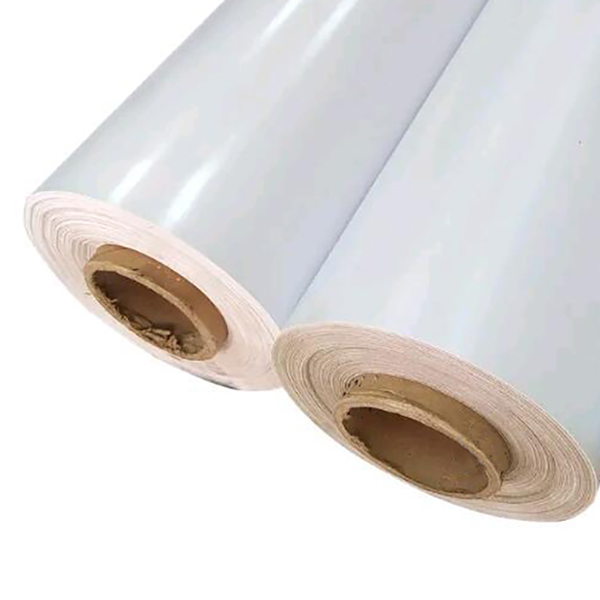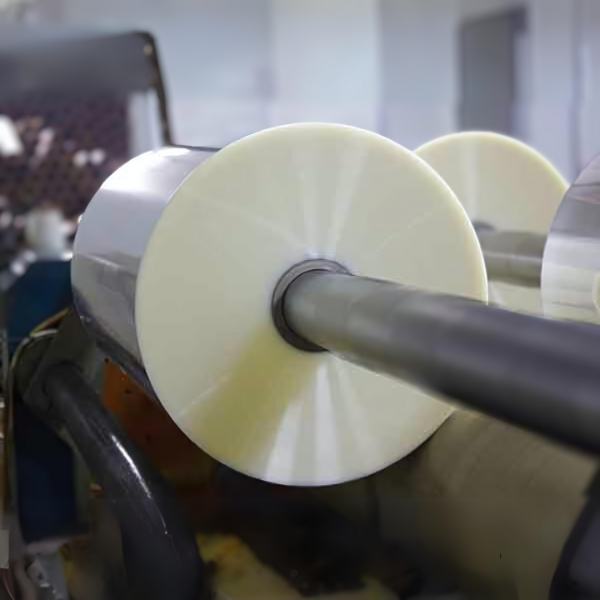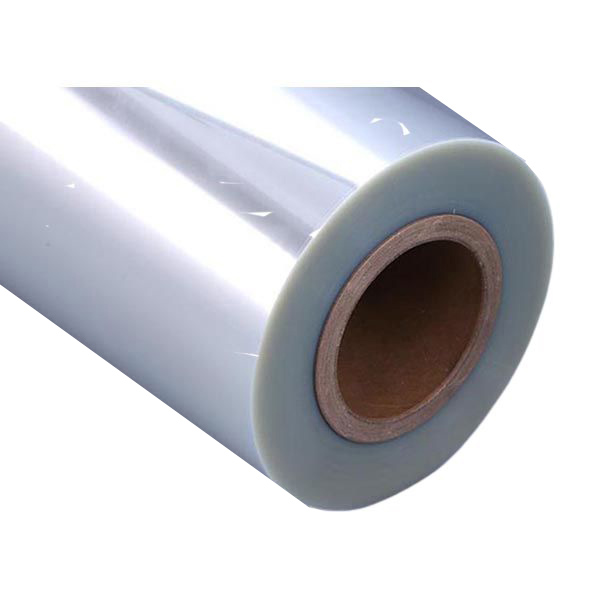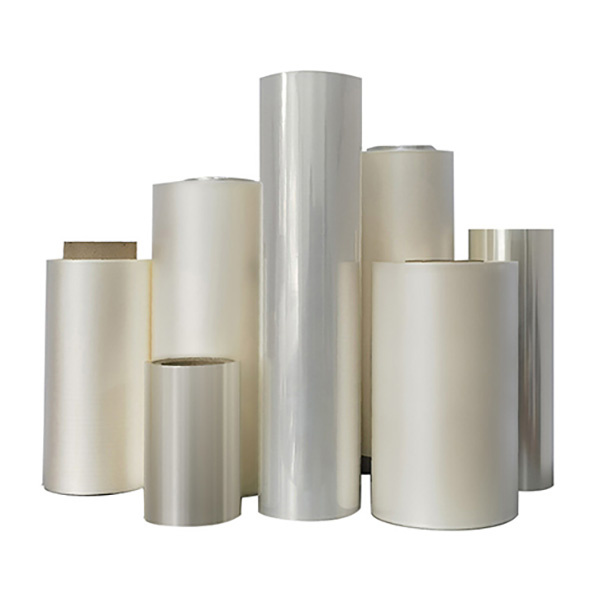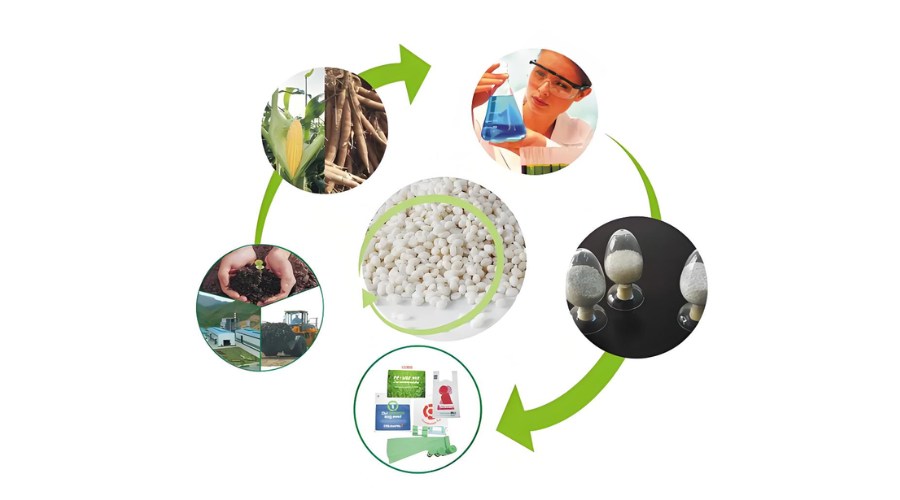
Introduction: The Era of Packaging Revolution
The environmental challenges posed by traditional packaging have become increasingly evident in recent decades. Landfills overflowing with plastic, oceans contaminated with packaging waste, and the growing carbon footprint associated with conventional packaging materials have sparked a global search for alternatives. Bio packaging emerges as a promising solution, offering a sustainable approach to one of our most pressing environmental issues.
This article explores the multifaceted world of bio packaging, from its fundamental concepts to practical applications and future prospects.
What is Bio Packaging?
Bio packaging refers to packaging materials derived from renewable biological sources, designed to be biodegradable, compostable, or both. Unlike traditional packaging made from petroleum-based plastics, bio packaging originates from plants, microorganisms, or other biological materials.
The key distinction lies in its life cycle—bio packaging can break down naturally, returning to the ecosystem without causing long-term harm.
The main categories of bio packaging include:
- Bio-based packaging: Made from renewable biological resources but not necessarily biodegradable
- Biodegradable packaging: Capable of being broken down by microorganisms
- Compostable packaging: A subset of biodegradable packaging that breaks down into non-toxic components under specific composting conditions
| Term | Definition | Environmental Focus | Common Misconception |
|---|---|---|---|
| Biobased Packaging | Made from renewable resources (e.g., corn starch, sugarcane, mushroom mycelium) |
Raw material sustainability | “Biobased = automatically biodegradable” (false—e.g., biobased PE remains non-degradable) |
| Biodegradable Packaging | Breaks down into CO₂ and water via microorganisms in natural environments |
End-of-life impact | “Degrades in any conditions” (requires specific temperature/moisture) |
| Compostable Packaging | Subset of biodegradable materials meeting strict standards (e.g., EN 13432) |
Industrial/home compostability | “All compostable plastics work in home bins” (most require industrial composting) |
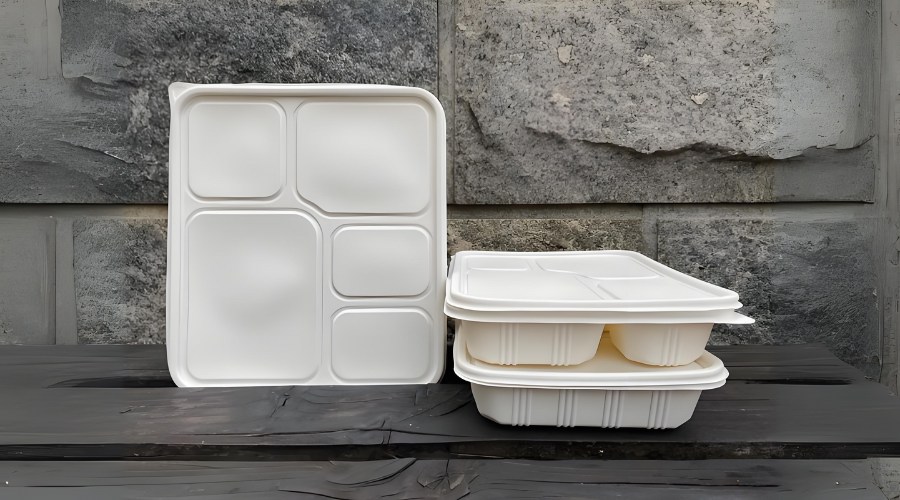
Main Materials and Technologies in Bio Packaging
The bio packaging industry utilizes various innovative materials and technologies:
Table: Common Bio Packaging Materials and Their Properties
| Material Type | Source | Properties | Common Applications |
|---|---|---|---|
| PLA (Polylactic Acid) | Corn starch, sugarcane | Transparent, rigid, compostable | Food containers, cups, cutlery |
| Starch-based | Corn, potatoes, wheat | Flexible, biodegradable | Loose-fill packaging, bags |
| Cellulose-based | Wood pulp, agricultural waste | Strong, versatile | Paper products, molded packaging |
| Mushroom (Mycelium) | Agricultural waste + fungal roots | Customizable, compostable | Protective packaging, alternatives to styrofoam |
| Seaweed/Algae | Marine organisms | Edible, biodegradable | Food wrappers, water capsules |
Beyond these materials, innovative technologies continue to emerge. Mycelium packaging, for instance, uses the root structure of mushrooms grown around agricultural waste, creating custom-shaped packaging that is both protective and compostable.
Seaweed-based packaging offers exciting possibilities, including edible water pods that could eliminate single-use plastic bottles.
Environmental Benefits of Bio Packaging
The environmental advantages of bio packaging are substantial and multifaceted:
- Reduced Carbon Footprint: Bio-based materials typically require less energy to produce and sequester carbon during their growth phase, resulting in lower greenhouse gas emissions compared to petroleum-based alternatives.
- Biodegradability and Circular Economy: Unlike conventional plastics that persist for centuries, bio packaging can break down within months or years under appropriate conditions, supporting a circular economy model where waste becomes a resource.
- Ecosystem Protection: By reducing plastic pollution, bio packaging helps protect marine life, wildlife, and natural habitats from the harmful effects of persistent waste.
- Life Cycle Assessment: When evaluated from production to disposal, bio packaging generally demonstrates superior environmental performance, particularly in terms of resource depletion and ecotoxicity.
Market Status and Application Cases
The global bio packaging market has experienced remarkable growth, driven by increasing environmental awareness, regulatory pressures, and consumer demand for sustainable alternatives.
Valued at approximately $10.5 billion in 2022, the market is projected to reach over$20 billion by 2028, with a compound annual growth rate of around 12%.
Notable applications across industries include:
- Food Industry: Companies like Nestlé and Unilever have adopted bio-based packaging for various products, from snack wrappers to beverage containers. Notable examples include Coca-Cola’s PlantBottle™, made partially from plant-based materials.
- E-commerce and Logistics: Major shipping companies now offer bio-based cushioning materials, compostable mailers, and biodegradable tape as alternatives to traditional packaging supplies.
- Success Stories: Ecovative Design has pioneered mycelium packaging, serving clients including Dell and IKEA. Notpla, a UK-based company, has created edible seaweed packaging used at marathons and events, eliminating plastic cup waste.
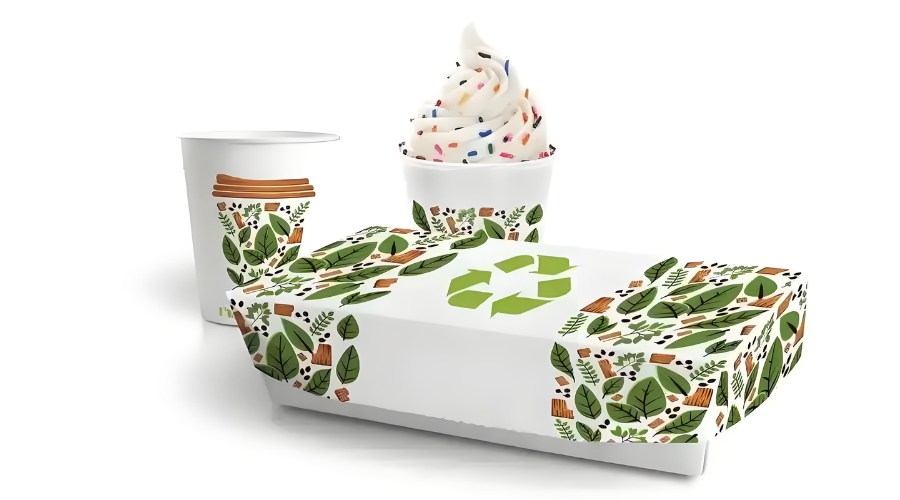
Practical Guide to Choosing Bio Packaging
When selecting bio packaging solutions, consider the following factors:
- Performance Assessment: Evaluate the packaging’s durability, barrier properties, and shelf-life suitability for your specific product requirements.
- Cost-Benefit Analysis: While bio packaging may have higher upfront costs, consider long-term benefits including brand reputation, customer loyalty, and potential regulatory compliance advantages.
- Industry-Specific Recommendations: Different industries have unique requirements. Food packaging needs barrier properties against moisture and oxygen, while protective packaging requires shock absorption and structural integrity.
- Certification Standards: Look for recognized certifications such as ASTM D6400 (compostability), EN 13432 (European compostability standard), or USDA BioPreferred Program certification to ensure product claims are verified.
Challenges and Future Outlook
Despite its promise, bio packaging faces several challenges:
- Technical Limitations: Some bio packaging materials have limitations in barrier properties, durability, or heat resistance compared to conventional plastics.
- Cost Considerations: Production costs for bio packaging are often higher than traditional alternatives, though economies of scale are gradually reducing this gap.
- Infrastructure Issues: Many regions lack the composting infrastructure needed to properly process biodegradable packaging, limiting its environmental benefits.
- Regulatory Landscape: Standards and regulations for bio packaging continue to evolve, creating uncertainty for manufacturers and adopters.
Looking ahead, innovation in bio packaging is accelerating. Research into nanocellulose, improved barrier coatings, and more efficient production processes promises to overcome current limitations. Additionally, increasing regulatory pressure on single-use plastics worldwide is likely to drive further adoption of bio packaging alternatives.
How to Participate in the Bio Packaging Revolution
Engaging with the bio packaging movement can take various forms:
- Business Transition: Companies can begin by identifying high-impact packaging applications suitable for bio-based alternatives, starting with pilot programs before scaling up.
- Consumer Support: Individuals can prioritize products with sustainable packaging, participate in composting programs, and advocate for better packaging options with retailers.
- Investment and Entrepreneurship: The growing bio packaging sector offers opportunities for investment in startups and established companies developing innovative solutions.
- Education and Awareness: Sharing knowledge about bio packaging benefits and proper disposal methods helps build the foundation for broader adoption.
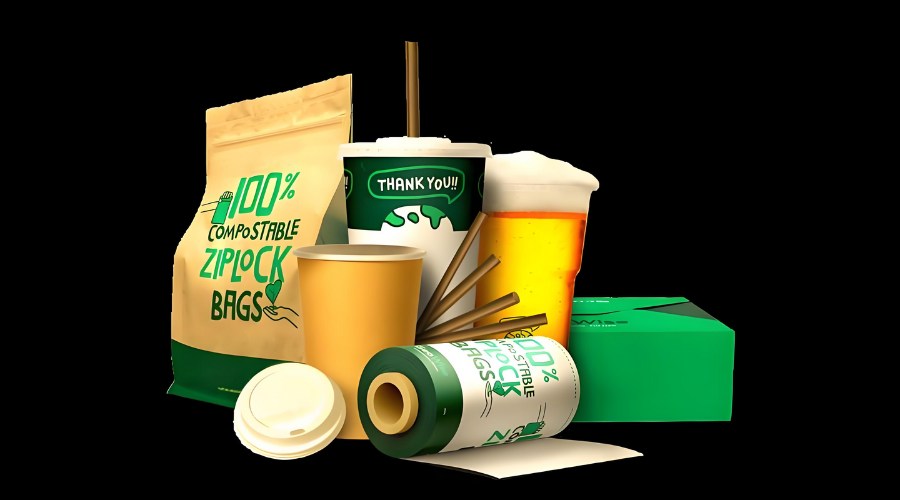
Conclusion: Toward a Sustainable Packaging Future
Bio packaging represents a crucial component in the transition toward a more sustainable economy. By addressing the environmental challenges of traditional packaging while maintaining functionality and performance, bio-based alternatives offer a path forward that balances human needs with planetary boundaries.
As technology advances and awareness grows, bio packaging is poised to transform from niche solution to mainstream standard.
CloudFilm leads the sustainable packaging revolution with innovative bio-based film solutions that combine performance with environmental responsibility. Our cutting-edge products help businesses reduce their carbon footprint while maintaining packaging integrity. Join us in creating a greener future, one package at a time.
FAQs About Bio Packaging
Q: Is bio packaging more expensive than traditional packaging?
A: Currently, bio packaging typically costs 20-50% more than conventional alternatives, though prices are decreasing as production scales up and technology improves.
Q: How long does bio packaging take to decompose?
A: Decomposition time varies significantly depending on the material and conditions. Industrial compostable packaging may break down in 90-180 days, while home compostable options might take 6-12 months. In landfill conditions without oxygen, decomposition may be much slower.
Q: Can bio packaging be recycled with conventional plastics?
A: Generally, no. Bio packaging should be separated from conventional plastic recycling streams to avoid contamination. Most bio packaging is designed for composting rather than recycling.
Q: Is bio packaging safe for food contact?
A: Yes, bio packaging materials intended for food contact undergo rigorous safety testing and must comply with food contact regulations in their target markets.
Q: What’s the difference between “biodegradable” and “compostable” packaging?
A: Biodegradable materials will eventually break down through natural processes, while compostable materials specifically break down into non-toxic components within a defined timeframe under composting conditions, leaving no visible residue.


